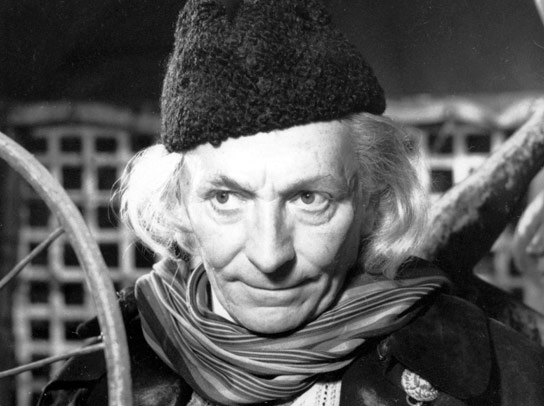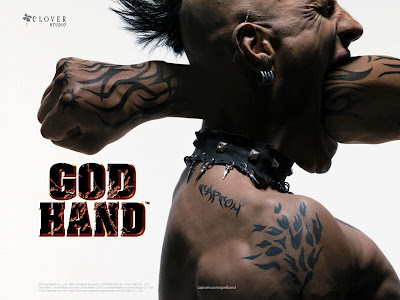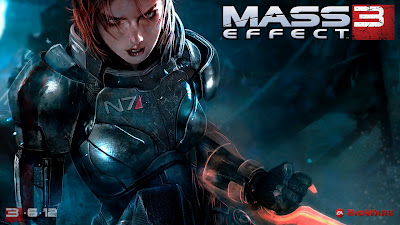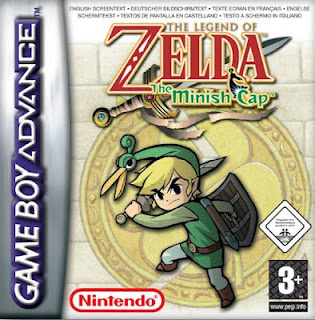 With Doctor Who returning to our screens shortly and the question “Doctor Who?” hanging over current storylines, Swithun Dobson considers Time Lords, TARDISes, and Time Travel to ask: what is the essence of the show?
With Doctor Who returning to our screens shortly and the question “Doctor Who?” hanging over current storylines, Swithun Dobson considers Time Lords, TARDISes, and Time Travel to ask: what is the essence of the show?
Contrary to popular conceptions, at its core it’s not even about the Doctor. If we travel back to 1963 we do of course meet the TARDIS and the Doctor but we soon realise that they are the frame in which the story is hanged. Ostensibly most of the first two seasons revolve around the TARDIS team trying to get Ian and Barbara home to 1960s London after being kidnapped by the Doctor for rumbling his affairs, so why take a roundabout route visiting Kublai Khan, Robespierre and the Sensorites?
Interestingly, from the modern Who perspective, none of the early serials focus on the character of the Doctor. The earliest story is The Tenth Planet but that just establishes that he can rejuvenate; the whole mythos of regeneration comes a lot later. Even The Deadly Assassin which establishes the 12 regeneration limit really focuses on the Master trying to cheat death.
Continue reading





